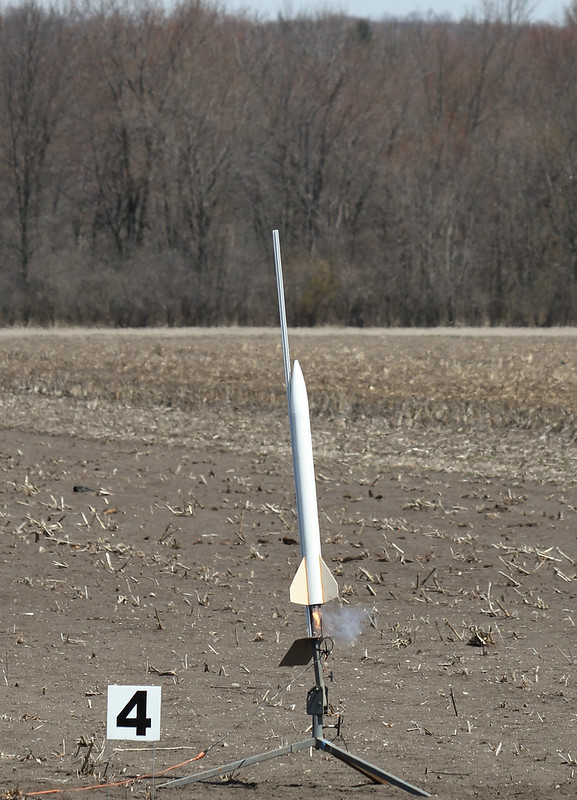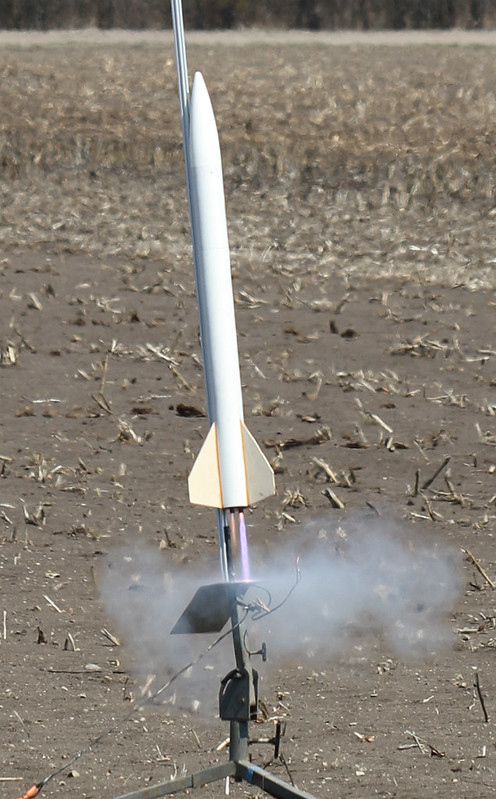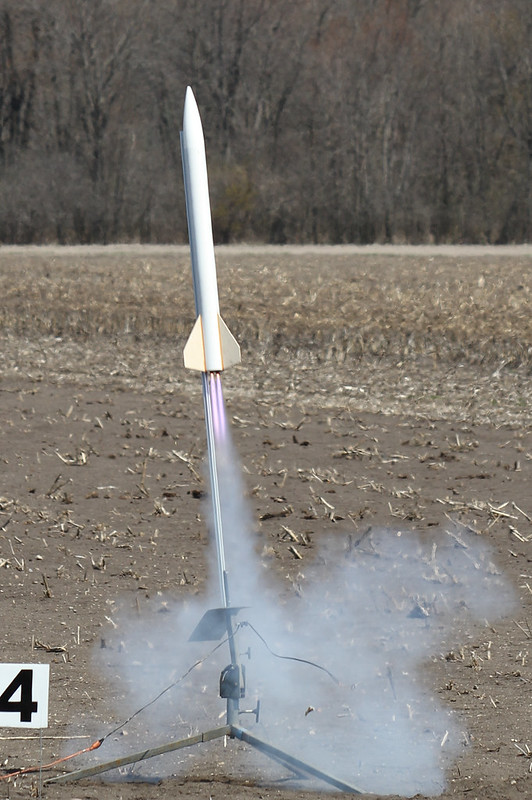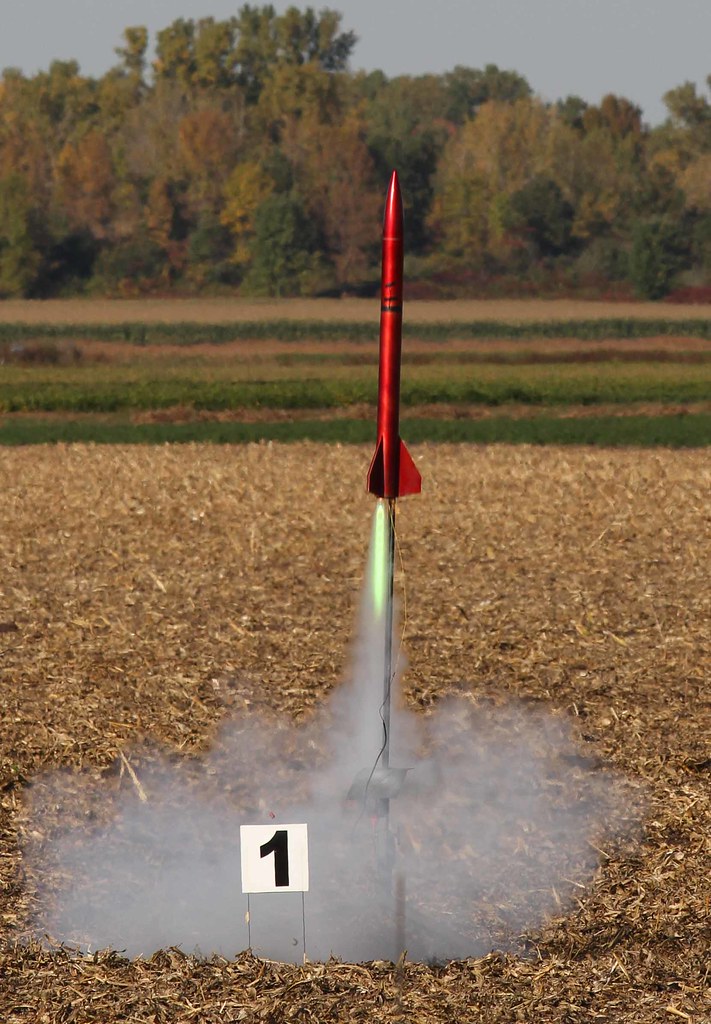So I'm planning to do my first cluster rocket, and I want to run my plans by you people with more experience to make sure I'm thinking of everything.
I'm planning a cluster of 3 G motors. I'm planning to just use the First Fire Jr. igniters that come with the motors. I'm currently gathering equipment to build my own relay box which will hold a 12V SLA battery which should provide plenty of current to the igniters, cables and switches permitting.
I see the biggest problem coming from the igniters. I've come across several posts saying First Fire Jr's aren't the best for clusters, and that I'd be better off hand dipping my own igniters but I don't really want to do that.
Thoughts? I'd really appreciate your feedback on this.
I'm planning a cluster of 3 G motors. I'm planning to just use the First Fire Jr. igniters that come with the motors. I'm currently gathering equipment to build my own relay box which will hold a 12V SLA battery which should provide plenty of current to the igniters, cables and switches permitting.
I see the biggest problem coming from the igniters. I've come across several posts saying First Fire Jr's aren't the best for clusters, and that I'd be better off hand dipping my own igniters but I don't really want to do that.
Thoughts? I'd really appreciate your feedback on this.








